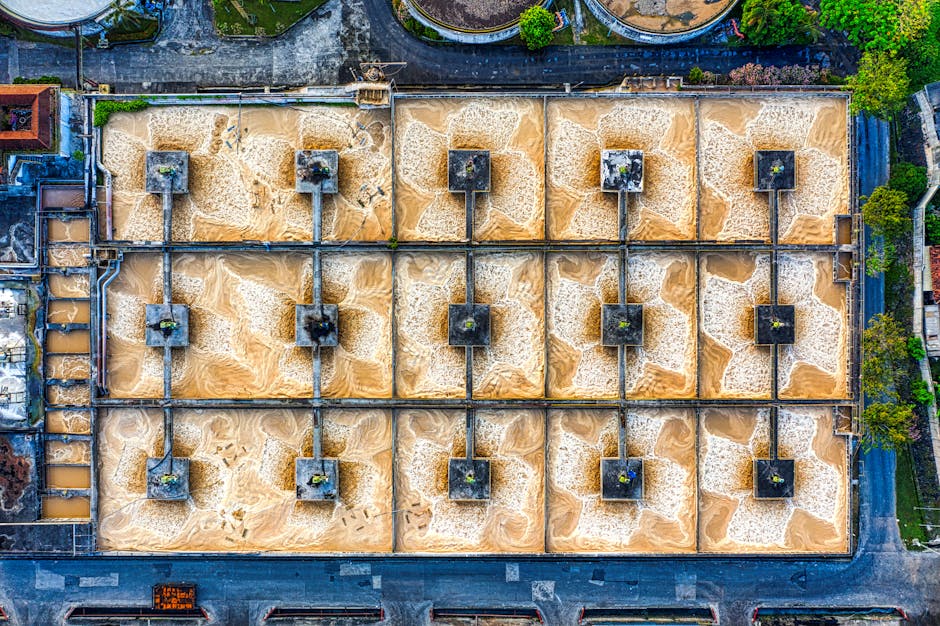Solar Powered Aerator For 1/2 Acre Pond
Maintaining a healthy pond ecosystem is essential for both aesthetic and ecological reasons. One of the most effective ways to ensure your pond remains vibrant and thriving is by using a solar-powered aerator. This article will explore the benefits, features, and installation of solar-powered aerators specifically designed for ponds up to half an acre in size. Let’s dive into the world of solar aeration and discover how it can transform your pond!
Understanding Pond Aeration
Aeration is the process of introducing air into the water, which is crucial for maintaining a balanced ecosystem. Here’s why aeration is important:
- Improves Water Quality: Aeration helps to increase oxygen levels in the water, which is vital for fish and other aquatic life.
- Reduces Algae Growth: By promoting healthy bacteria that consume excess nutrients, aeration can help control algae blooms.
- Enhances Fish Health: Fish require oxygen to thrive. Aeration ensures they have a healthy environment to live in.
- Prevents Stratification: Aeration helps to mix the water layers, preventing the formation of stagnant zones.
Why Choose a Solar-Powered Aerator?
Solar-powered aerators are becoming increasingly popular for several reasons:
- Eco-Friendly: They harness the power of the sun, reducing your carbon footprint and energy costs.
- Cost-Effective: Once installed, solar aerators have minimal operating costs since they rely on sunlight.
- Low Maintenance: With fewer moving parts and no need for electrical connections, solar aerators are easier to maintain.
- Flexible Installation: They can be placed in remote areas without access to electricity, making them ideal for rural settings.
Key Features of Solar-Powered Aerators
When selecting a solar-powered aerator for your half-acre pond, consider the following features:
- Solar Panel Size: Larger panels can generate more power, allowing for better aeration performance.
- Compressor Quality: A high-quality compressor ensures efficient air delivery and longevity.
- Battery Backup: Some models come with battery storage, allowing them to operate during cloudy days or at night.
- Air Diffusers: Look for aerators with high-quality diffusers that can effectively disperse air throughout the pond.
- Durability: Ensure the materials used are weather-resistant and designed for outdoor use.
How to Choose the Right Solar-Powered Aerator
Selecting the right solar-powered aerator for your pond involves considering several factors:
- Pond Size: Ensure the aerator is suitable for a half-acre pond. Check the manufacturer’s specifications for coverage area.
- Water Depth: Consider the depth of your pond, as deeper ponds may require more powerful aeration systems.
- Type of Aquatic Life: Different fish and plants have varying oxygen needs. Choose an aerator that meets these requirements.
- Budget: Solar aerators come in a range of prices. Determine your budget while considering long-term savings on energy costs.
Installation Process
Installing a solar-powered aerator is a straightforward process. Here’s a step-by-step guide:
- Choose the Location: Select a spot that receives ample sunlight throughout the day.
- Assemble the Aerator: Follow the manufacturer’s instructions to assemble the solar panel, compressor, and air diffusers.
- Install the Solar Panel: Secure the solar panel in a position that maximizes sun exposure. Use mounting brackets if necessary.
- Place the Compressor: Position the compressor near the pond, ensuring it is protected from water and debris.
- Connect the Air Tubing: Attach the air tubing from the compressor to the diffusers placed at the bottom of the pond.
- Test the System: Once everything is connected, turn on the aerator and check for proper air flow.
Maintenance Tips for Solar-Powered Aerators
To ensure your solar-powered aerator operates efficiently, follow these maintenance tips:
- Regular Cleaning: Clean the solar panels and air diffusers regularly to remove dirt and debris that can hinder performance.
- Check Connections: Periodically inspect all connections and tubing for leaks or wear and tear.
- Monitor Battery Health: If your aerator has a battery backup, check its condition and replace it as needed.
- Seasonal Adjustments: In colder months, consider adjusting the aerator’s position or using a heater to prevent freezing.
Benefits of Using a Solar-Powered Aerator
Investing in a solar-powered aerator offers numerous benefits for your pond:
- Improved Ecosystem: A well-aerated pond supports a diverse range of aquatic life.
- Cost Savings: Reduced energy costs and minimal maintenance expenses make solar aerators a smart investment.
- Environmental Impact: Utilizing renewable energy contributes to a healthier planet.
- Enhanced Aesthetics: A clean, clear pond is visually appealing and can increase property value.
Common Questions About Solar-Powered Aerators
Here are some frequently asked questions regarding solar-powered aerators:
1. How much sunlight does a solar aerator need to function effectively?
Most solar aerators require at least 6-8 hours of direct sunlight daily to operate efficiently. Ensure the solar panel is positioned to receive maximum sunlight.
2. Can I use a solar aerator in winter?
Yes, solar aerators can be used in winter, but their efficiency may decrease due to shorter daylight hours. Consider using a heater to maintain water temperature and prevent freezing.




